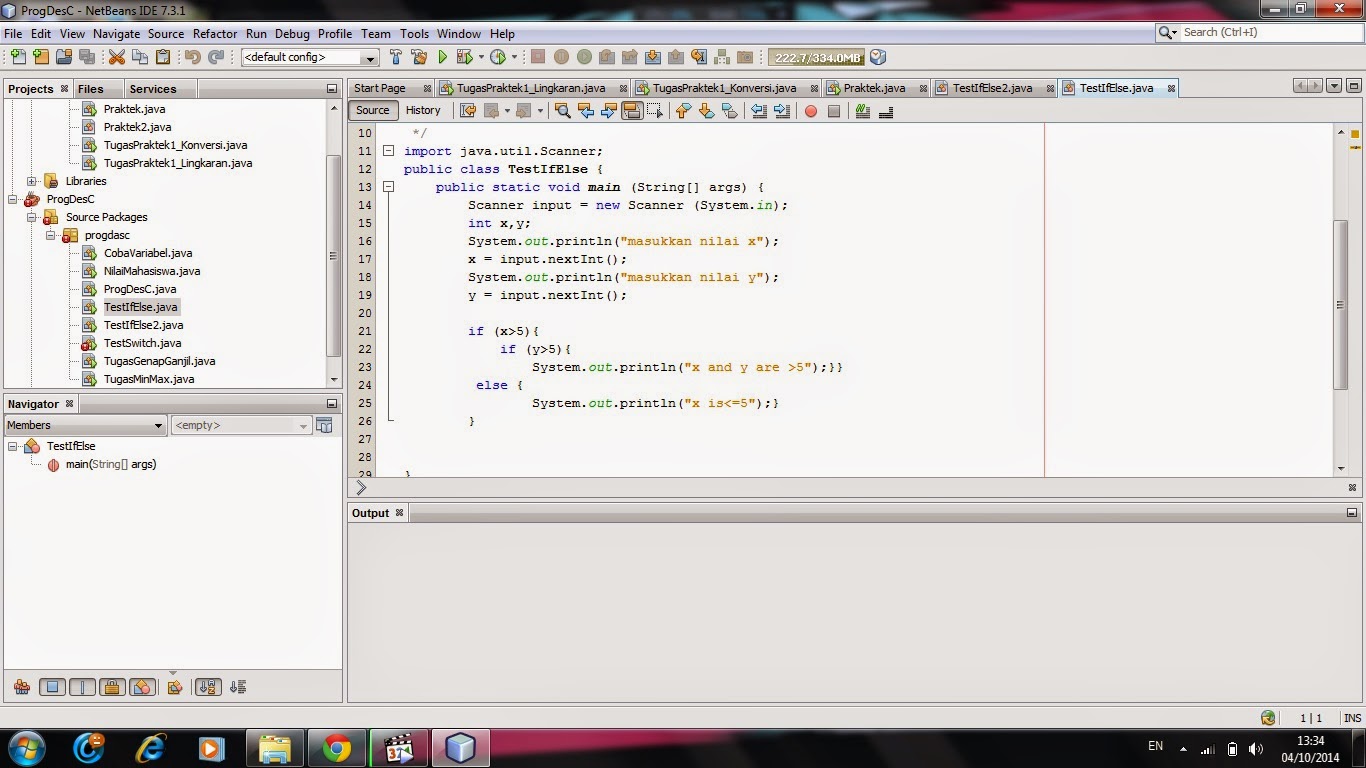A type of battery that
could eventually store twice as much energy as a conventional one could be
about to move beyond niche applications to wearable devices, phones, and even
electric cars.
Solid-state batteries,
as they’re called, have been available for a while and are used in some
wireless sensors, but they have been too expensive to use elsewhere. Applied
Materials, one of the world’s biggest equipment suppliers for the semiconductor
and display industries, says it can make these batteries much cheaper. This
could clear the way for slimmer, longer-lasting smart watches as well as
electric cars with a range similar to gas-powered ones.
In solid-state
batteries the liquid electrolytes normally used in conventional lithium-ion
batteries are replaced with solid ones, which makes it possible to replace
conventional electrodes with lithium metal ones that hold far more energy.
Doing away with the liquid electrolyte, which is flammable, can also improve
the safety of batteries, which leads to cost and size savings, particularly in
electric vehicles, by reducing the need for complex cooling systems (see “TR10: Solid-State Batteries”).
The manufacturing tools
shipped so far by Applied Materials, which perform extremely high-precision
deposition of materials over large areas, will be used initially for
prototyping and demonstrations of solid-state batteries.
Making high-quality
electrode and electrolyte materials over large areas has been one of the challenges
to making the solid-state batteries economically. The batteries are made
by successively depositing electrical contacts, electrodes, and the solid
electrolyte that separates them, in much the way that the many layers of a
display are deposited. If the solid electrolyte has gaps it can lead to short
circuits. Applied Materials says it can overcome this as well as other
manufacturing challenges.
“The thing that’s
holding [solid-state batteries] back is materials processing and the cost,”
says Andy Chu, head of product marketing for energy storage solutions at
Applied Materials. “We’re addressing these problems. That will allow you to
take this to high volume.”
Applied Materials says
customers are using its equipment to make batteries, but it won’t disclose who
those customers are. The company says, however, that one of the first
commercial applications of its equipment will likely be making batteries for
wearable devices, such as smart watches, where size is a serious limitation.
Solid-state batteries can
also easily be made in different shapes because you don’t have to worry about
containing a liquid electrolyte, making them easier to pack inside a watch, for
example. Thin solid-state batteries could even be incorporated into a flexible
watch band.
Applied Materials
hasn’t disclosed how much solid-state batteries made using its technology would
cost, how much energy they would store, or how quickly they could be recharged.
One perennial challenge with solid-state batteries has been that the solid
electrolyte, which isn’t as conductive as liquid ones, tends to limit power
output. Applied Materials says it is working on ways to improve that
conductivity by doping the solid electrolyte, much as you would dope
semiconductor materials for chips. The company is also working on ways to
deposit the energy-storing materials faster, to enable thick layers that store
large amounts of energy.
Source: http://www.technologyreview.com/news/530001/longer-lasting-battery-is-being-tested-for-wearable-devices/
